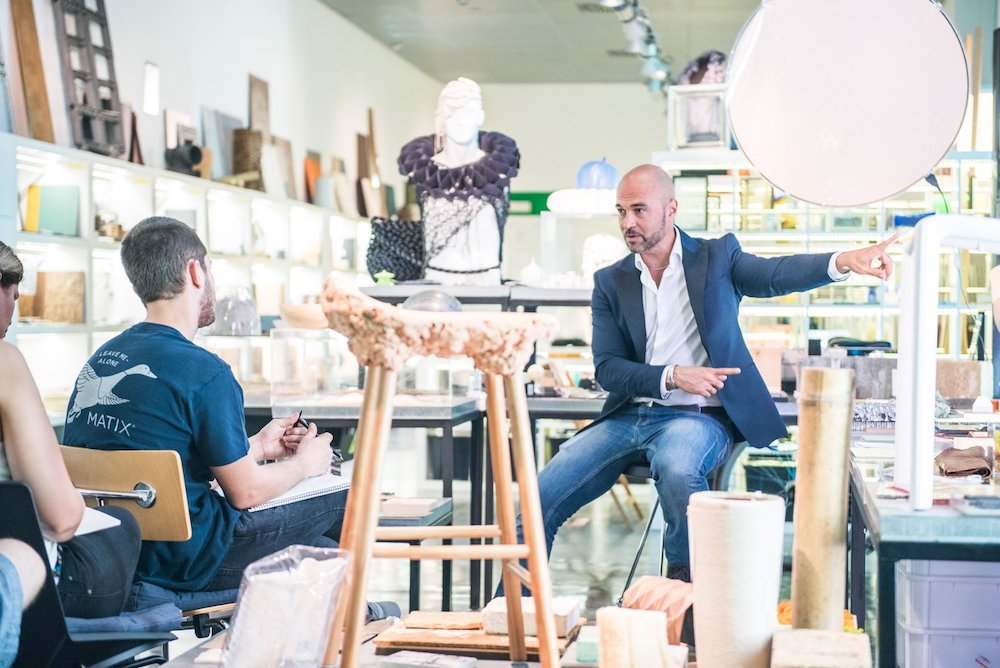“If we don’t empower people, how can we expect favourable change?”
ho
On occasion of his workshop at the upcoming ADCE* European Creativity Festival, we ask Robert Thompson what taboo materials are.

Change is only possible if we dare to experiment, and experimenting often means breaking taboos and challenging the status quo. The ADC*E European Creativity Festival is all about innovative ideas that bring positive change, challenging the way we see creativity and inspiring shifts in perceptions that will help reshape the future. This year’s festival, it’s 6th edition, will be celebrating the people who are already building a better tomorrow, who employ their creativity for good, who believe tomorrow’s problems will not exist if we start today. One of them is Robert Thompson, Head of Training at Materfad, who will be hosting a workshop titled «Taboo Materials». We asked him some questions to know about the potential of these materials.
What are taboo materials?
Any material you or others consider improper for either subjective for culturally bound reasons.
Can taboo materials become a driver for a more sustainable future?
I do not know if taboo materials will be a driver of a sustainable future. I believe that perhaps the opposite is more likely, which is to say, that a future human culture which has overcome the taboo is more likely to incorporate taboo materials into their production, consumption and disposal cycles.
Sausage casings are made from animal intestines, which feels a bit gross, but they are totally accepted. Which are the most common taboo materials used today?
Urine is a taboo material used to generate plant fertilizers.
I thought plastic materials should have a bigger taboo…
They do now, but both in the present and the past, plastics have been very effective for advancing our technological societies.
Waste is wrongly conceived today as the end of the productive cycle, we get rid of a vast amount of resources everyday. Why is it so and what should happen to address this misconception?
Material Education is lacking. People need to be informed about options, about waste and economic cultures. If we don’t empower people how can we expect favourable change?
In your view, are taboo materials the materials of tomorrow or there is still a long way to overcome the taboo?
In my opinion, taboo materials will not replace traditional materials in the future for other practical reasons which in fact transcend the taboo.
Maybe not replace but can we expect to see many more of them?
Maybe not directly into products and materials themselves but rather taboo materials may be used as precursors into production processes which generate new materials.